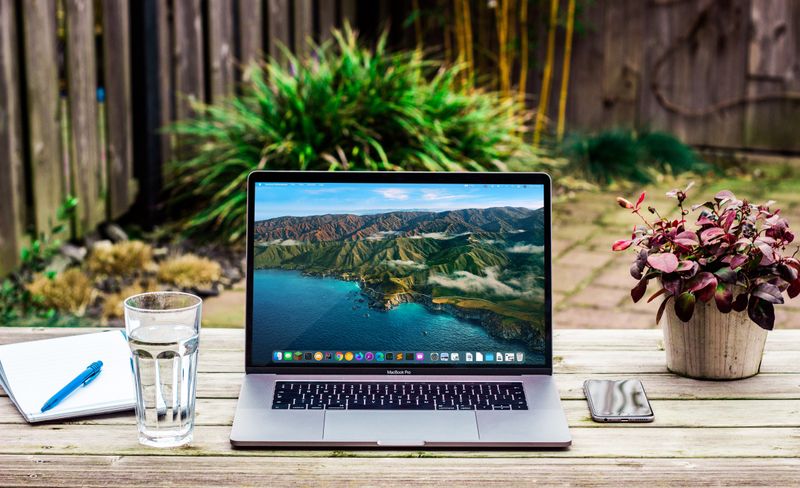Ruthanne is browsing in the electronics store. She's looking for a new television that displays natural looking screen pictures and colors.
She wants to buy an LED or QLED television (TV) because they offer a better viewing experience. However, she doesn’t understand the difference between the LED and QLED.

What is an LED?
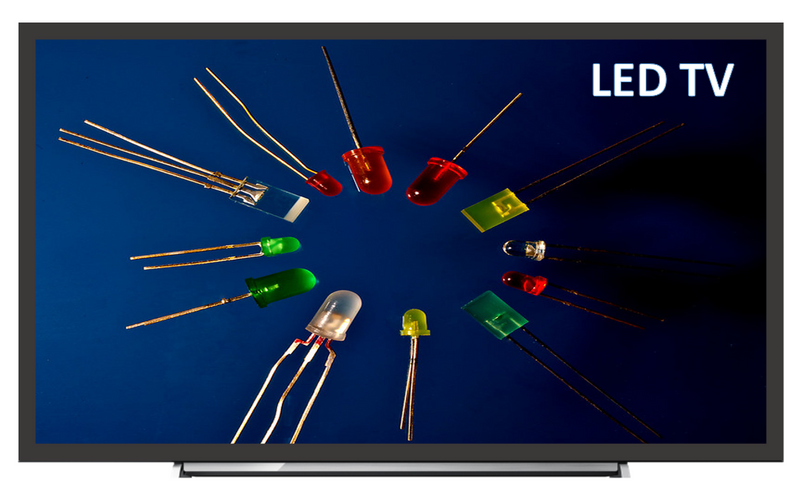
LED is an acronym for a light-emitting diode semiconductor that uses light and filters to bring pictures to your television screen.
It generates better images and color contrasts than a traditional flat-screen LCD (liquid crystal display) television.
LCD TVs use liquid crystal display to rotate and direct light through panels and color filters to produce images on screen. LCD TVs have a limited range of colors, poor quality images, and use extremely high levels of energy.
Technology behind the LED Screen
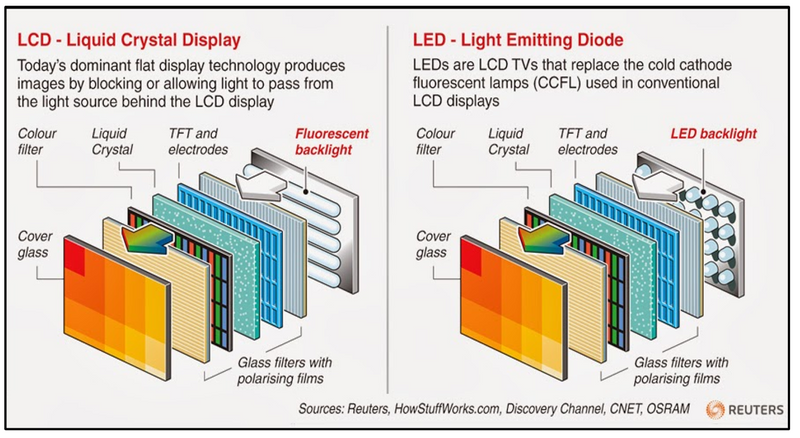
LED have two types of lighting:
Back panel of white lights that spreads light evenly from behind the screen using a special diffusion panel.
Back panel (color filter) of RGB colors (red, green, and blue) placed behind the display screen.
Other applications of LED
Display signs
Traffic lights
Car dashboards

What is a QLED?

QLED is "quantum" dot technology combined with LED lighting that is used in primarily new versions of TV screens (and some computer screens) for a picture-perfect viewing experience.
Quantum dots are multicolored, crystal nanoparticles which are structures 1,000 smaller than a human hair.
Technology behind the QLED Screen
An extra layer of microscopic crystal dots are in front of a standard LED backlit panel.
The color-saturated crystal dots glow when exposed to light.
Each quantum dot reproduces a specific color.

Other applications of QLED
Desktop monitors
Laptop computers
Remote control devices
Quiz
Which of these items is NOT found in LED and QLED?
How do LED and QLED Compare?
LED and QLED have many differences even though they use similar technologies. Let's see how they compare:
LED Television
Uses strips or panels of small lights

Distinctive contrast, but no true whites or blacks

Images have rich colors but are less bright than QLED
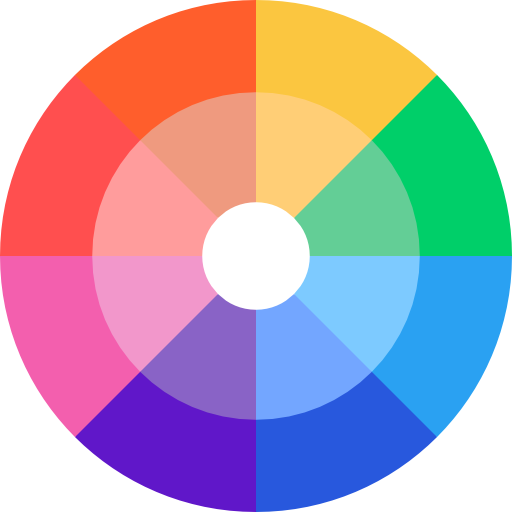
Good quality pictures and images, but outmatched by QLED

Provides maximum brightness with low energy consumption

QLED Television
Uses miniature dots of crystal particles
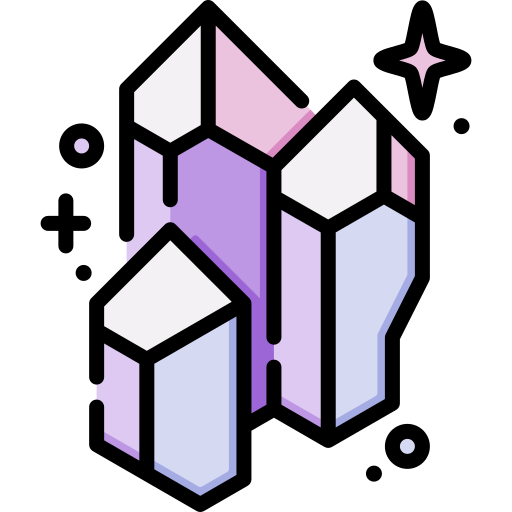
Excellent contrast with true blacks and very bright whites
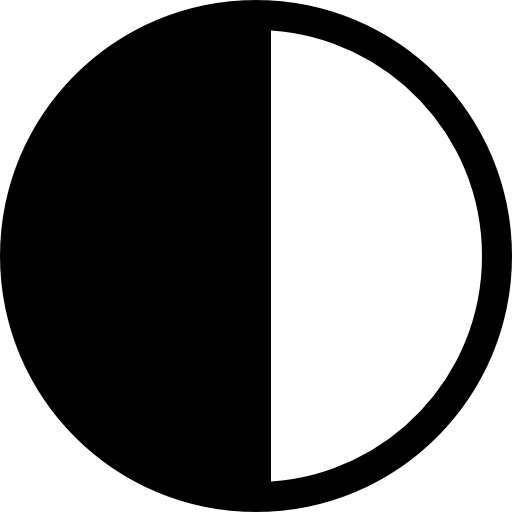
Offers 100% unmatched true color accuracy with over a billion colors
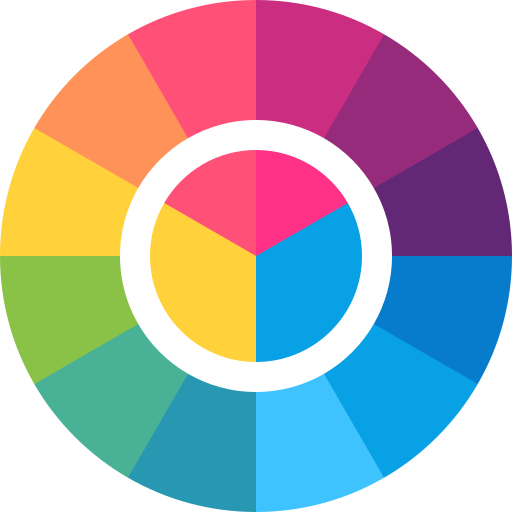
Realistic and accurate images give a near-perfect picture quality

When on maximum brightness consumes more energy

For both types, screen picturequality is reduced when viewed from side angles.
Quiz
If Ruthanne wants bright vibrant colors & realistic picture quality, then she better choose...?
Take Action
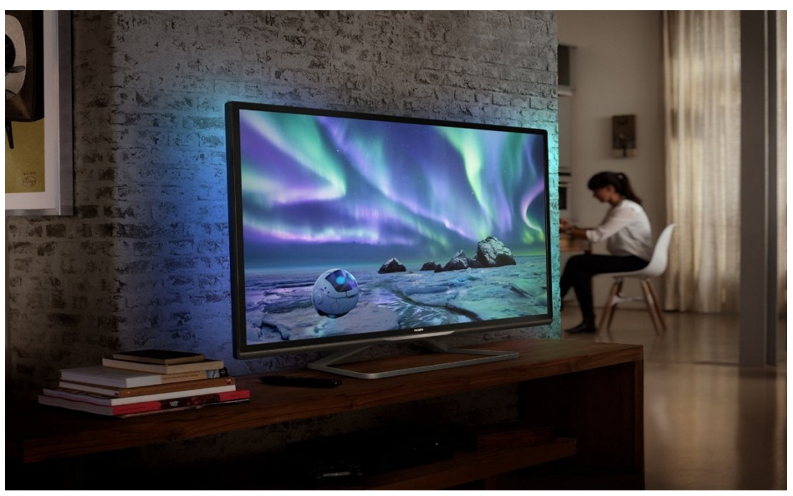
Before you decide to purchase an LED or QLED TV, do some research about these technologies:
Your feedback matters to us.
This Byte helped me better understand the topic.

